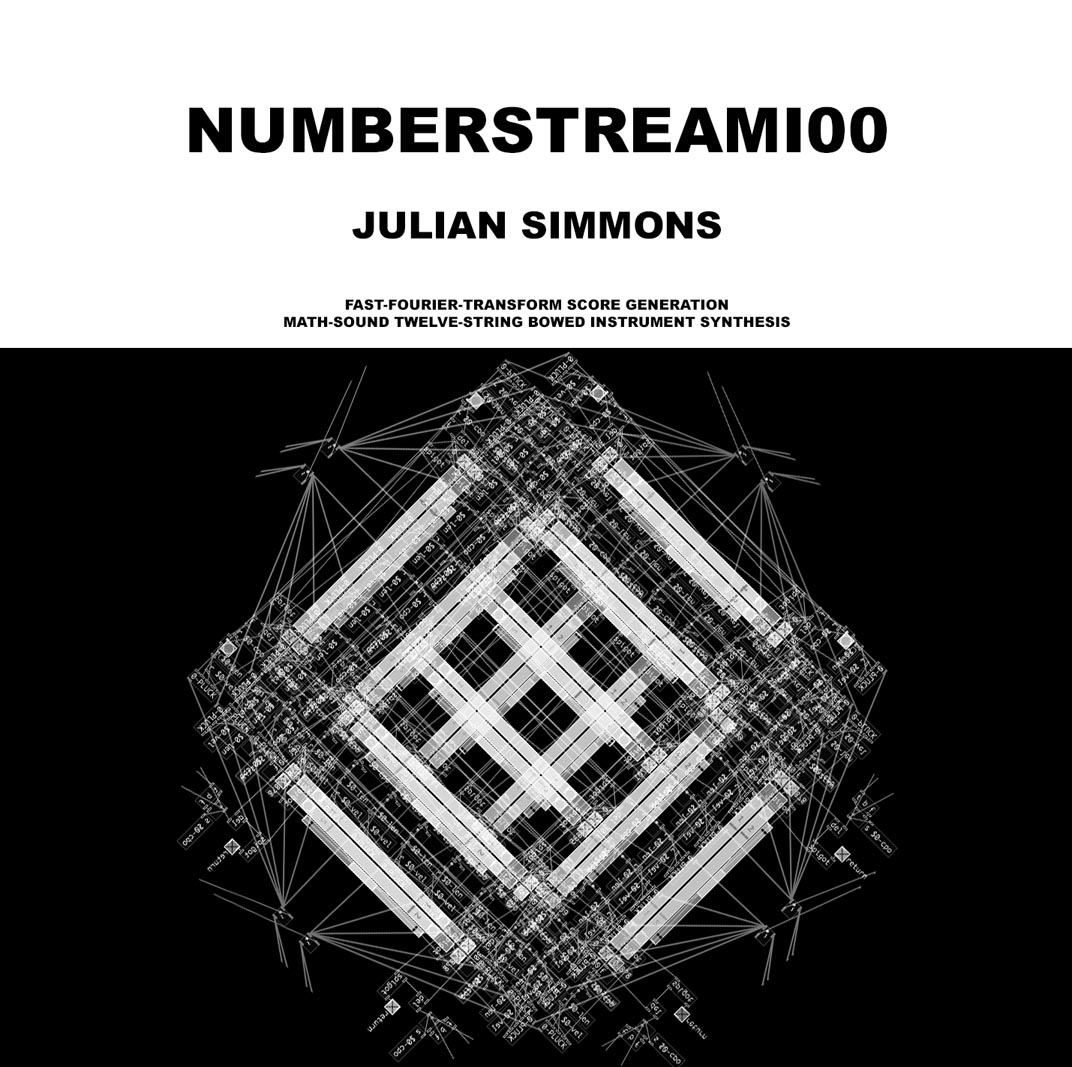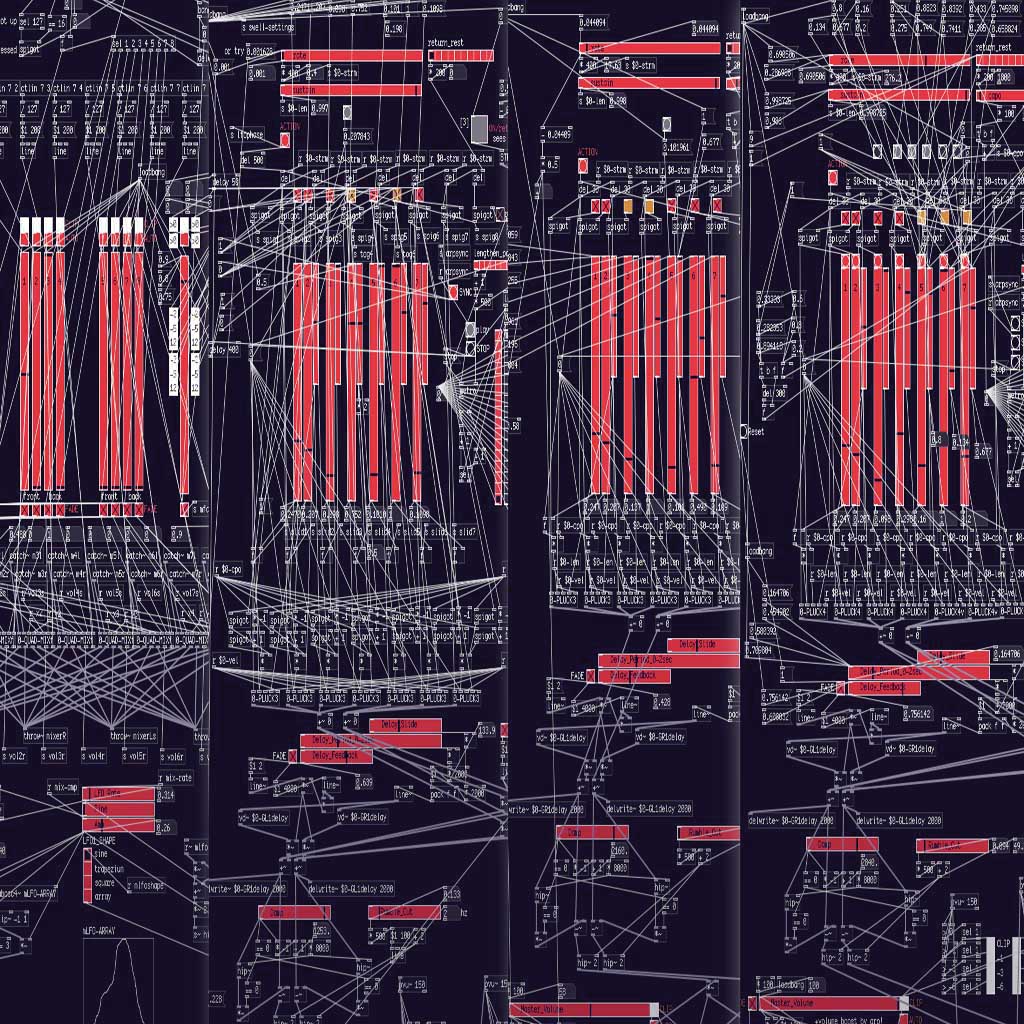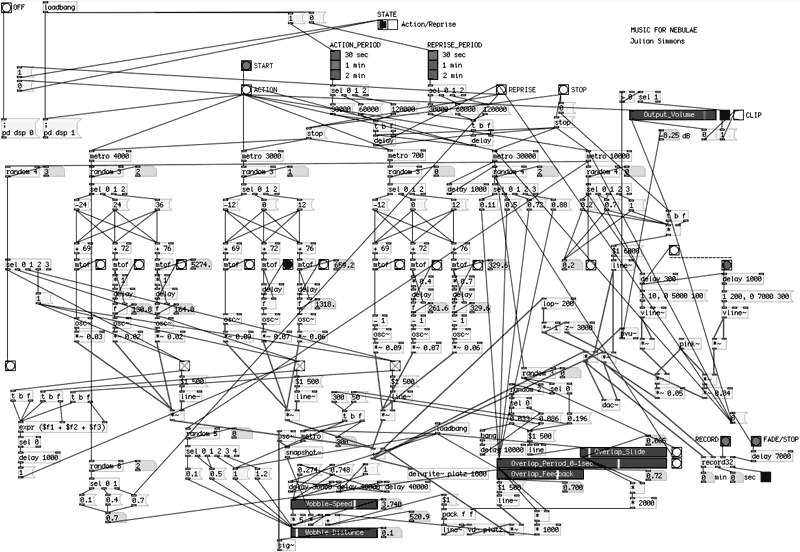 Electronic Britten Score Interpretations via Pure-Data Fast Fourier Transform, played with Pure-Data NUMBERSTREAM instruments within a 4-channel environment.
Electronic Britten Score Interpretations via Pure-Data Fast Fourier Transform, played with Pure-Data NUMBERSTREAM instruments within a 4-channel environment.
8 + 22 June 2013 live electronic surround-sound performance [3pm both dates, no ticket required] | outdoor derelict-space opposite Hoffmann Building, part of SNAP 2013, Aldeburgh Music, Snape Maltings, Suffolk, IP17 1SR | map | + quad speaker playback running from 9 – 30 June 2013 throughout the Benjamin Britten centenary Aldeburgh Festival.
Utilising Fast Fourier Transform analysis [FFT], fundamental frequencies extracted from existing recorded Britten performances provide new reverse-engineered scores; notating a musical score by digitally recognising audible changes in pitch & amplitude with no reference to the original score.
8 June 2013 live recording 5:14 [live recording, 4 > 2 channel, excerpt] **
Derelict-space live recording 8 June – captured by Russell Haswell on a Zoom H2 / List of BB works performed
Benjamin Britten FFT scores : Peter Grimes Interlude I, Dawn [ancient-Greek version]; Serenade for Horns Tenor & Strings, Epilogue [heavy version].
‘Accompanying Lucas’ sculptures is Julian Simmons’ dark and abstract work NUMBERSTREAM100 which reverberates around the space, omnipresent and powerful. The sound purples and shimmers like a darkening bruise, deliciously discordant and completely immersive.’ The Journal of Wild Culture.
SoundCloud (Set 1) 7:41 [line-out recording, 12 June 2013]
2-channel mix of this 4-channel performance may produce greater than stereo dimensions through unusual (joystick-controlled) phase additions, be sensitive to the extra 3D push and pull on your ear-drums!
0:00 Pure Numberstream | Noise-based string-model instr.
1:58 FFT: Benjamin Britten – Serenade for Tenor, Horns & Strings, Epilogue | Two noise-based string instr.**
3:06 Pure Numberstream | Dual-rotor helicopter modelling + extreme quad spatialisation | White-noise + Splicing dual-wavetable instr.
4:05 FFT: Benjamin Britten – Peter Grimes, Interlude I, Dawn | Two dual-wavetable instr.**
** on-the-fly FFT frequency detection from the Britten performances applied directly to NUMBERSTREAM instruments does result in ‘untuned’ discordance – this has been retained uncorrected. Those who are familiar with these Britten works will hear his motifs within the FFT translation, though heard somewhat warped.
SEE MORE ➤➤
 Album download > THE SLIDER on Bandcamp
Album download > THE SLIDER on Bandcamp
